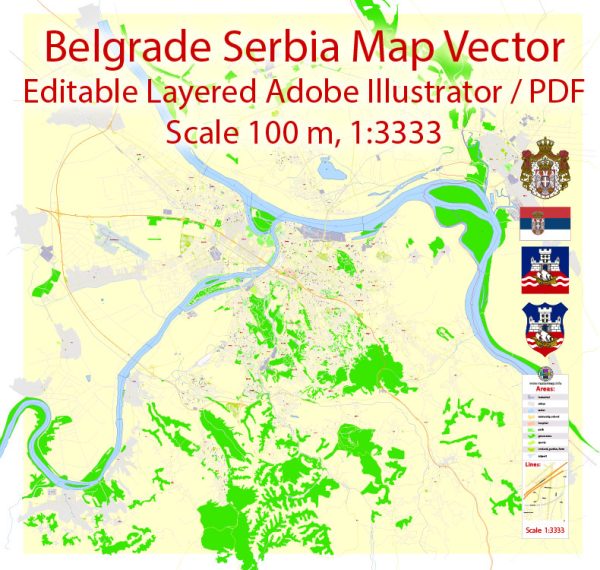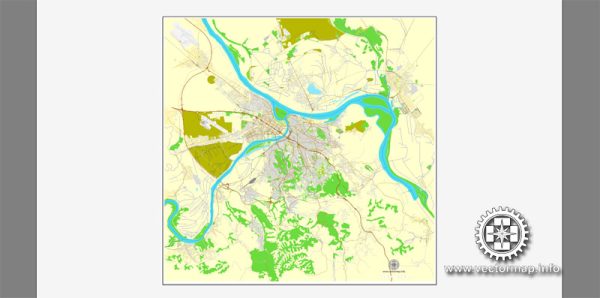Belgrade, the capital of Serbia, has a rich history of urban development that spans thousands of years. This history is marked by a series of conquests, occupations, and reconstructions that have shaped the city’s landscape and character. Here is an overview of the key phases in the urban development of Belgrade:
- Ancient Period:
- The area around Belgrade has been inhabited since ancient times. The city’s origins can be traced back to the prehistoric Vinča culture, with settlements dating as far back as 4,800 BC.
- In antiquity, Belgrade was known as Singidunum and was an important Roman outpost. The Romans built fortifications and other structures in the 1st century AD, making it a vital military and trade hub.
- Medieval Period:
- During the Middle Ages, Belgrade was ruled by various empires and kingdoms, including the Byzantine Empire, the Frankish Empire, and the Serbian Kingdom. The city’s strategic location along the confluence of the Sava and Danube rivers made it a sought-after prize for conquerors.
- In the 12th century, Belgrade became the capital of the Serbian state under the Nemanjić dynasty. The city expanded and developed under Serbian rule.
- Ottoman Rule:
- The Ottoman Empire captured Belgrade in 1521, and the city remained under Ottoman control for almost 350 years. During this period, the Ottomans left a significant mark on Belgrade’s architecture, including the construction of mosques, bazaars, and fortifications.
- Habsburg Rule:
- Belgrade was liberated from Ottoman rule in 1717 by the Habsburg Monarchy, marking the beginning of a new era of urban development. The Austrians modernized the city, introducing new urban planning and fortifications.
- Serbian Independence:
- In the 19th century, Serbia gained independence from the Ottoman Empire, and Belgrade became the capital of the newly formed Kingdom of Serbia.
- Urban development accelerated, with the construction of government buildings, institutions, and cultural landmarks.
- 20th Century:
- Belgrade’s urban development continued throughout the 20th century, but the two World Wars and the socialist regime’s influence under Marshal Tito significantly shaped the city.
- New socialist-style architecture emerged, and Belgrade experienced rapid industrialization and population growth.
- Contemporary Era:
- Following the breakup of Yugoslavia in the 1990s, Belgrade became the capital of the independent Republic of Serbia.
- The city has faced significant challenges during this period, including political and economic turmoil. However, there has been ongoing urban development and modernization.
Throughout its history, Belgrade has evolved from a Roman fortress to a vibrant European capital. Today, the city showcases a diverse architectural landscape that reflects the various historical periods and cultural influences. Its rich history and strategic location at the crossroads of Europe make Belgrade a unique and fascinating city in terms of urban development.



 Author: Kirill Shrayber, Ph.D.
Author: Kirill Shrayber, Ph.D.